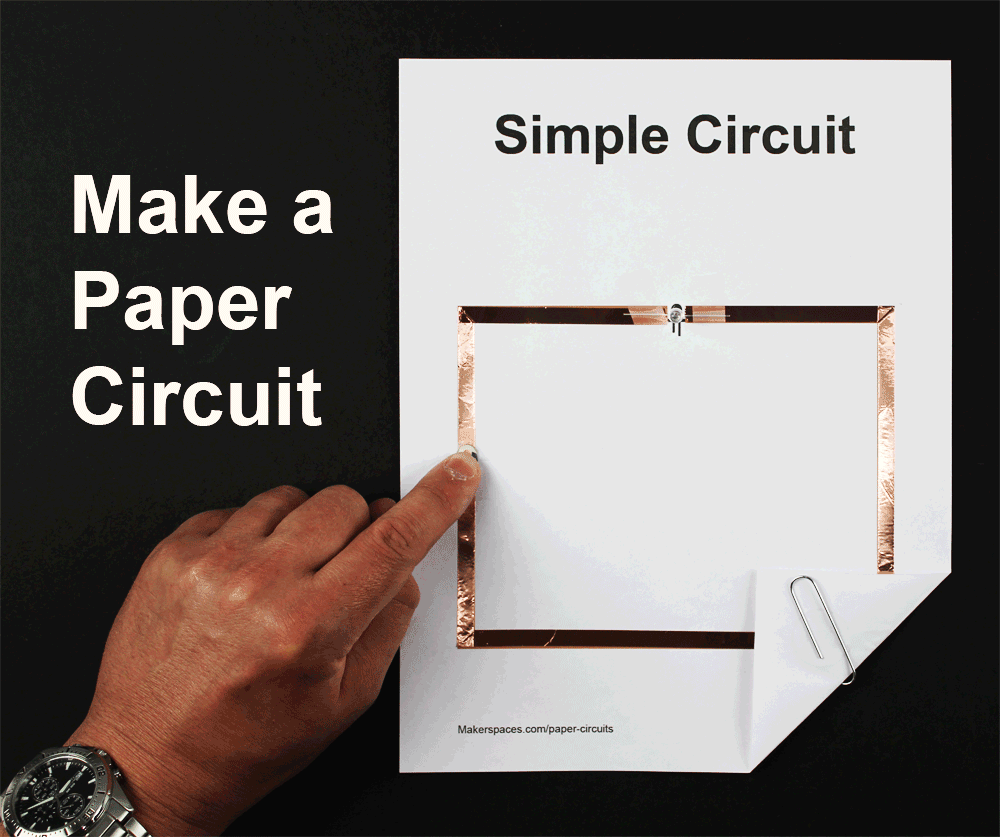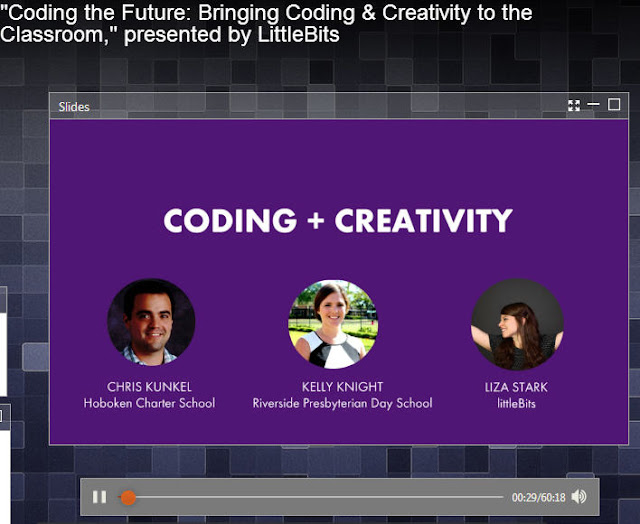Mark
CREATIVITY CRISIS
Visit this page at its source: http://projectart.org/crisis-2/
Today, over 4 million elementary school
students do not get any arts instruction. If you were born into a family
of low socio-economic status, these are two possible pathways on how
access to arts education can affect your life. These are based on
findings from research institutions.
Improved Academic Performance for Students with High Levels of Arts Involvement, Americans for the Arts (2013)
The Arts and Achievement in At-Risk Youth, National Endowment for the Arts (2012)
College-Bound Seniors: Total Group Profile Report, The College Board (2005)
Survey of Business Owners, Census Bureau (2007)
Arts and Crafts: Critical to Economic Innovation, Economic Development Quarterly, Michigan State University (2013)
Research Talking Points on Dropout Statistics, National Education Association (2006)
The Silent Epidemic: Perspectives of High School Dropouts, Civic Enterprises in association with Peter D. Hart Research Associates for the Bill & Melinda Gates Foundation (2006)
The Arts and Achievement in At-Risk Youth, National Endowment for the Arts (2012)
College-Bound Seniors: Total Group Profile Report, The College Board (2005)
Survey of Business Owners, Census Bureau (2007)
Arts and Crafts: Critical to Economic Innovation, Economic Development Quarterly, Michigan State University (2013)
Research Talking Points on Dropout Statistics, National Education Association (2006)
The Silent Epidemic: Perspectives of High School Dropouts, Civic Enterprises in association with Peter D. Hart Research Associates for the Bill & Melinda Gates Foundation (2006)







